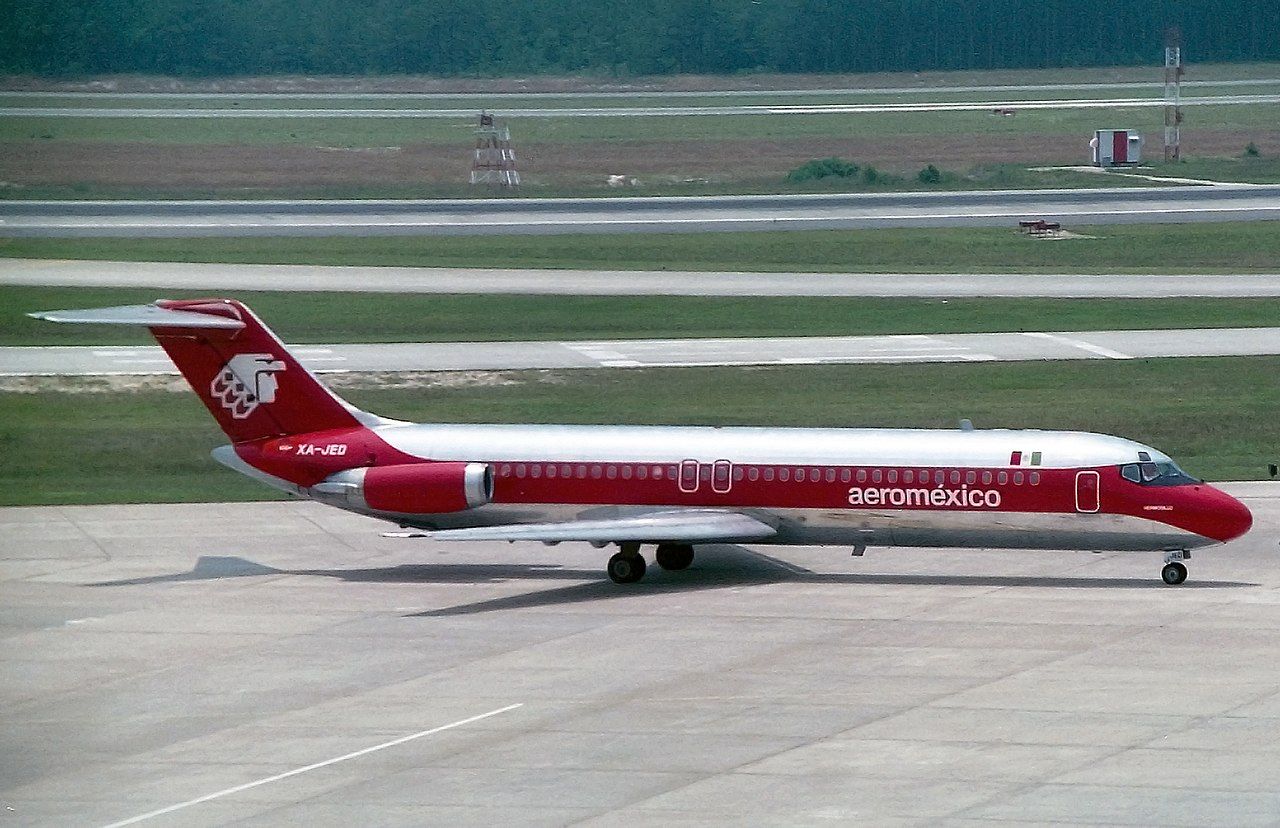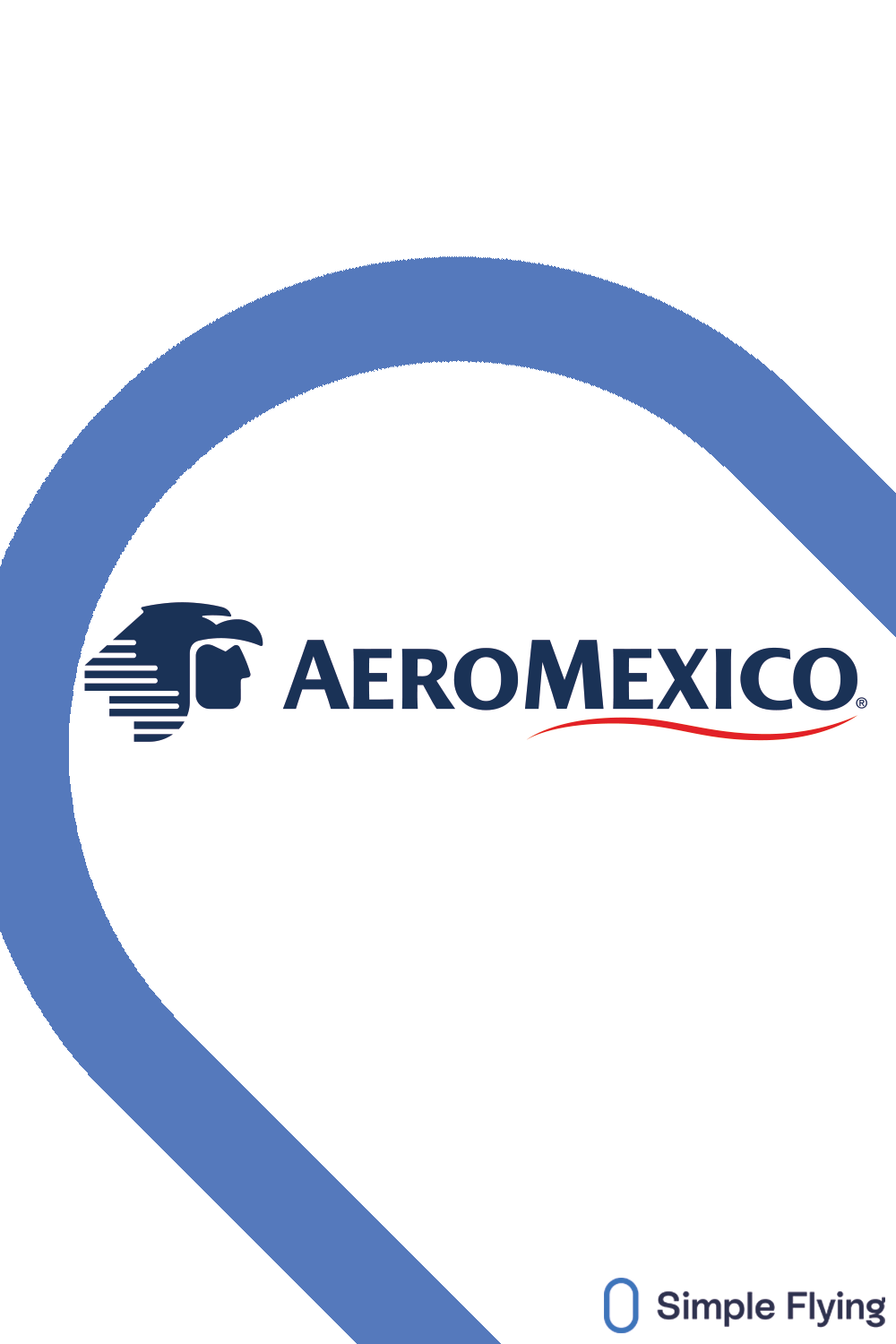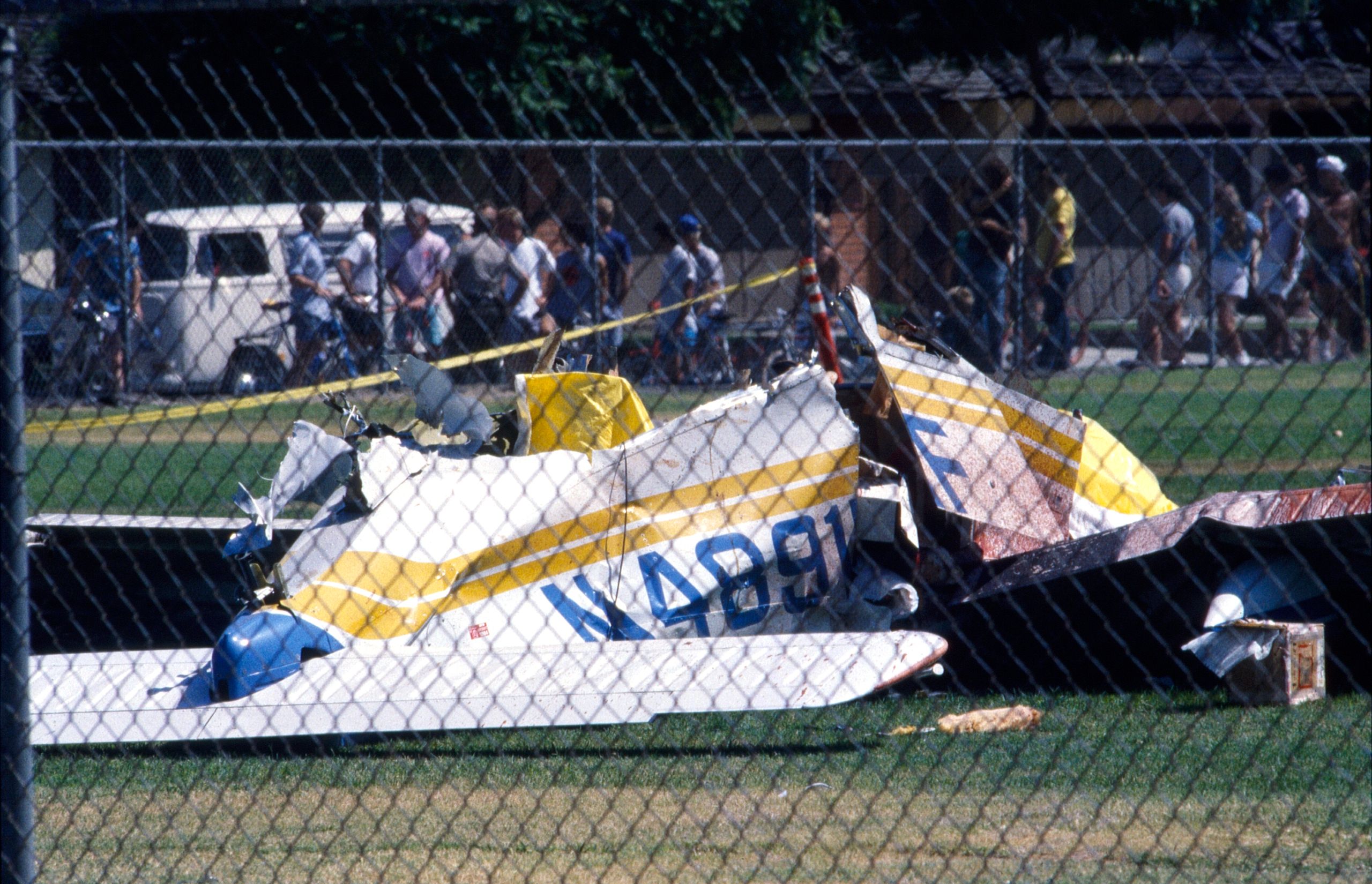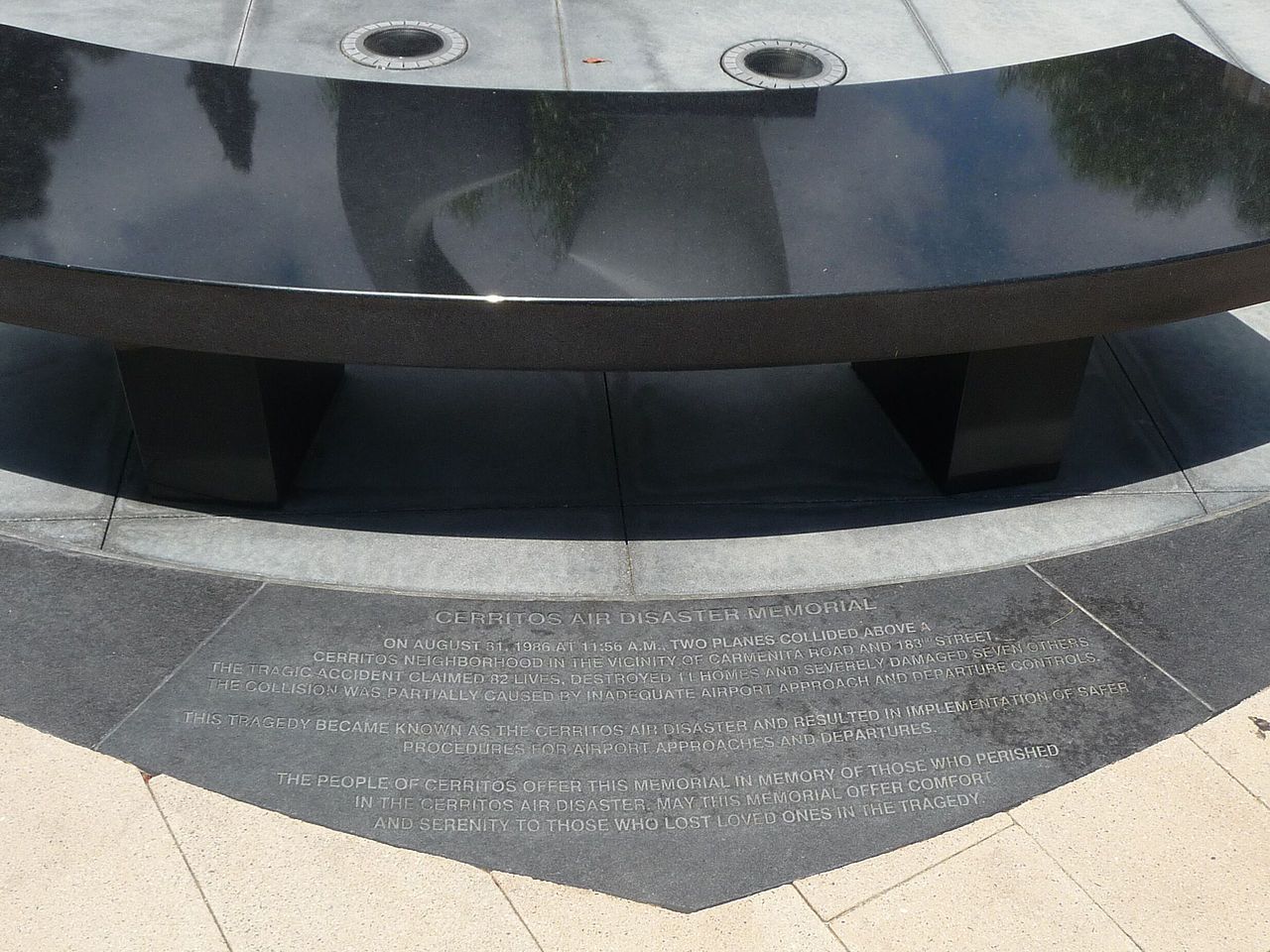On August 31st, 1986, Aeromexico's flight 498 suffered an accident in Cerritos, California, while approaching Los Angeles International Airport (LAX). The disaster resulted in a total of 82 fatalities, including 15 on the ground, with these figures rendering the tragedy the airline's deadliest accident. Let's see what happened.
The flight and aircraft involved
Aeromexico flight 498 departed from Mexico City International Airport on Sunday, August 31st, 1986. It was en route to Los Angeles with three stopovers in the Mexican cities of Guadalajara, Loreto, and Tijuana. The airline operated the flight with a McDonnell Douglas DC-9-32, which bore the registration XA-JED.
Data from ATDB.aero shows that the aircraft first flew with Delta Air Lines in April 1969. It served the US legacy carrier for over a decade before eventually transferring to Aeromexico in November 1979. According to the Aviation Safety Network, XA-JED had 59 passengers and six crew members onboard when it crashed.
Get the latest aviation news straight to your inbox: Sign up for our newsletters today.
A deadly collision
Up to the final approach to LAX, the flight had been smooth and without issues. Unfortunately, at 11:52, Aeromexico's McDonnell Douglas DC-9 collided with a Piper PA-28-181 flying from Torrance to Big Bear City, California.
Onboard the Piper were three members of the Kramer family, who all sadly perished following the collision when the Piper aircraft crashed in the unoccupied playground at Cerritos Elementary school. In the meantime, the DC-9 lost its horizontal stabilizer and most of its vertical stabilizer, immediately entering a dive as a result.
The plane subsequently hit a residential neighborhood and exploded. Five homes were destroyed, and seven were damaged. The 64 people onboard Aeromexico's flight perished, as well as fifteen residents of the Cerritos neighborhood.
Love aviation history? Discover more of our stories here!
What did the investigation say about the accident?
The US National Transportation Safety Board (NTSB) launched an investigation following the accident. It found that the Piper aircraft had entered Los Angeles Terminal Control Area airspace without the required clearance.
The NTSB determined "that the probable cause of the accident was the limitations of the air traffic control system to provide collision protection, through both air traffic control procedures and automated redundancy."
In addition to the inadvertent and unauthorized entry of the PA-28 into the LA Terminal Control Area, another factor at play was the limitations of the "see and avoid" concept to ensure traffic separation.
At that time, the Piper wasn't required to have a Mode C transponder, which would have indicated its altitude. Additionally, the Los Angeles air traffic control system didn't have automatic warning systems.
Mandatory TCAS and altitude transponders
Following Aeromexico's accident, the Federal Aviation Administration (FAA) required that all jets in US airspace be equipped with a traffic collision avoidance system (TCAS). Following the accident, the FAA also required light aircraft, like the PA-28 that collided with the DC-9, to install Mode C transponders to report their altitude.
According to the NTSB accident report, TCAS was the result of an ongoing investigation that started in the mid-fifties. It serves as an airborne system designed to increase the cockpit awareness of nearby aircraft.
Nowadays, mid-air collisions are rather more infrequent occurrences. That being said, in May 2021, two light planes collided in mid-air near Centennial Aiport in Denver. Miraculously, there were no injuries as a result of the collision.
Had you heard about the accident involving Aeromexico flight 498 before? What else do you know about it? Let us know your thoughts in the comments.
Sources: ATDB.aero, Aviation Safety Network, NTSB



.jpg)

